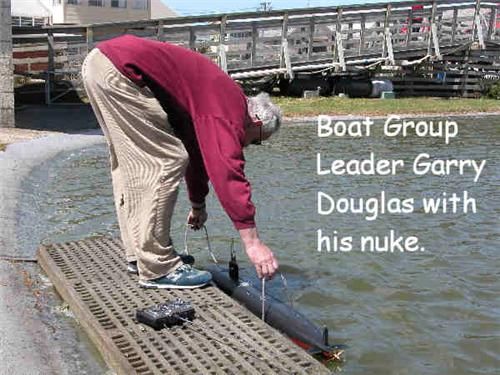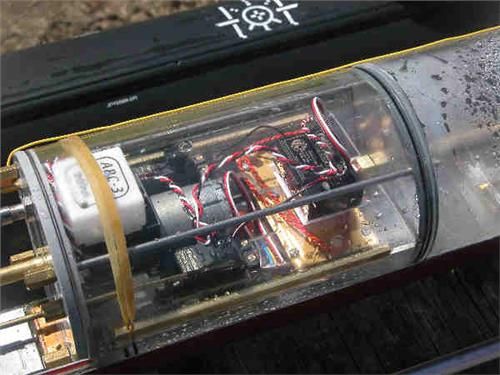Hi Paul,
I would add a couple of points relevant to the design process:
The size of ballast tank required is equal to the displacement (not weight) of the total above-surface hull/superstructure when the model is in surface trim. The M1 has a large superstructure due to the turret etc. so will require a large tank. To minimise its size, the superstructure needs to be completely free-flooding and as thin as practical. Reducing the thickness of the material used in the free-flooding superstruture from say 3mm to 1.5mm will halve the size of ballast tank required.
The location of the ballast tank must be such that its centre of gravity is on a vertical line that passes through the centre of buoyancy of the total above-surface structure. This is usually around the centre of the hull length, but the turret will cause it to migrate a litte forwards. Small errors in location can be compensated for during the trimming process with small blocks of foam and lead.
If the model is looking overweight, consider a higher-density battery (NiMH instead of SLA), brushless motor(s), minimising free-flooding areas below the surface waterline to increase buoyancy (eg total dry hull), smaller servos etc. Mount parts as low as possible obviously to minimise the fixed ballast requirement. For example, mount motors under their gearboxes, not over.
On your side are the M1’s twin props, which mean you can get away with a reduced metacentric height (static stability) as counter-rotation will mean you won’t have to fight the torque reaction of a single large propeller.
Good luck, just imagine that menacing 12″ gun heaving up out of the murk on sailing day.










